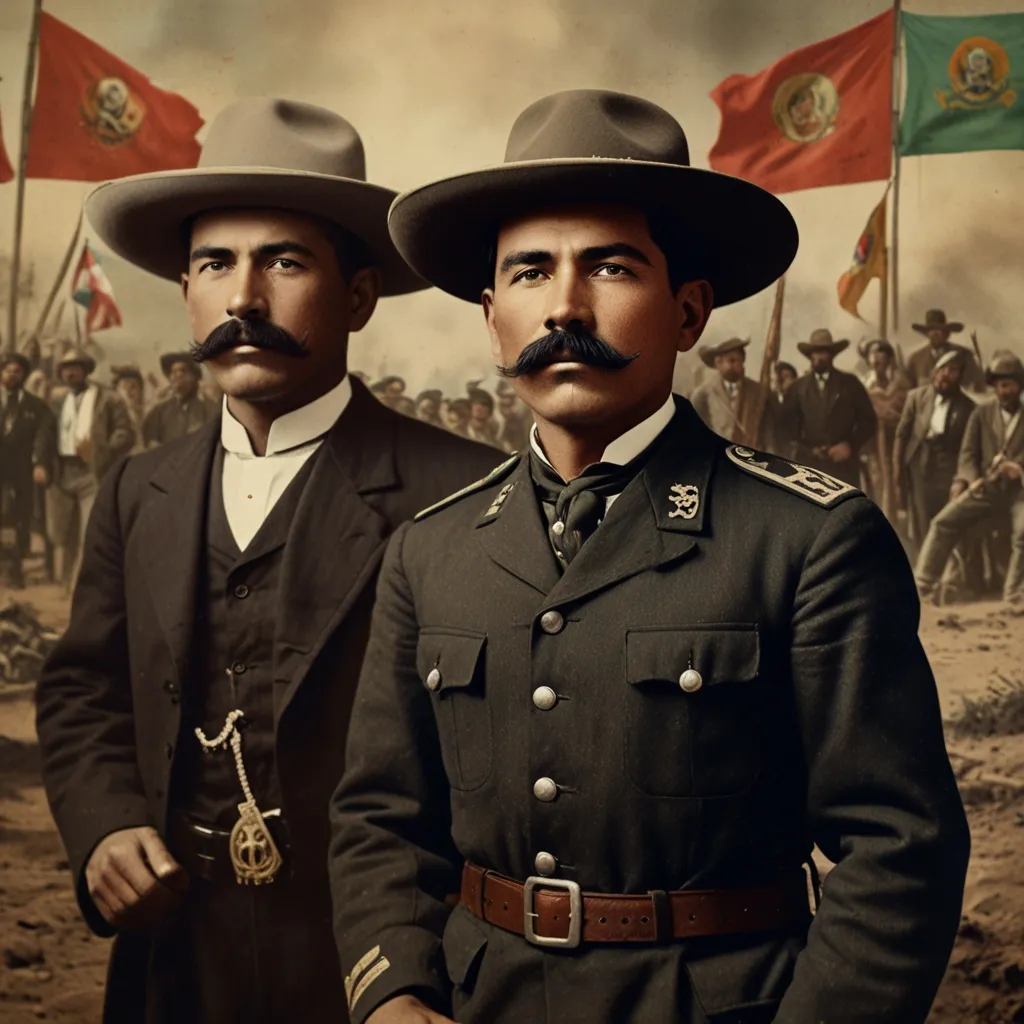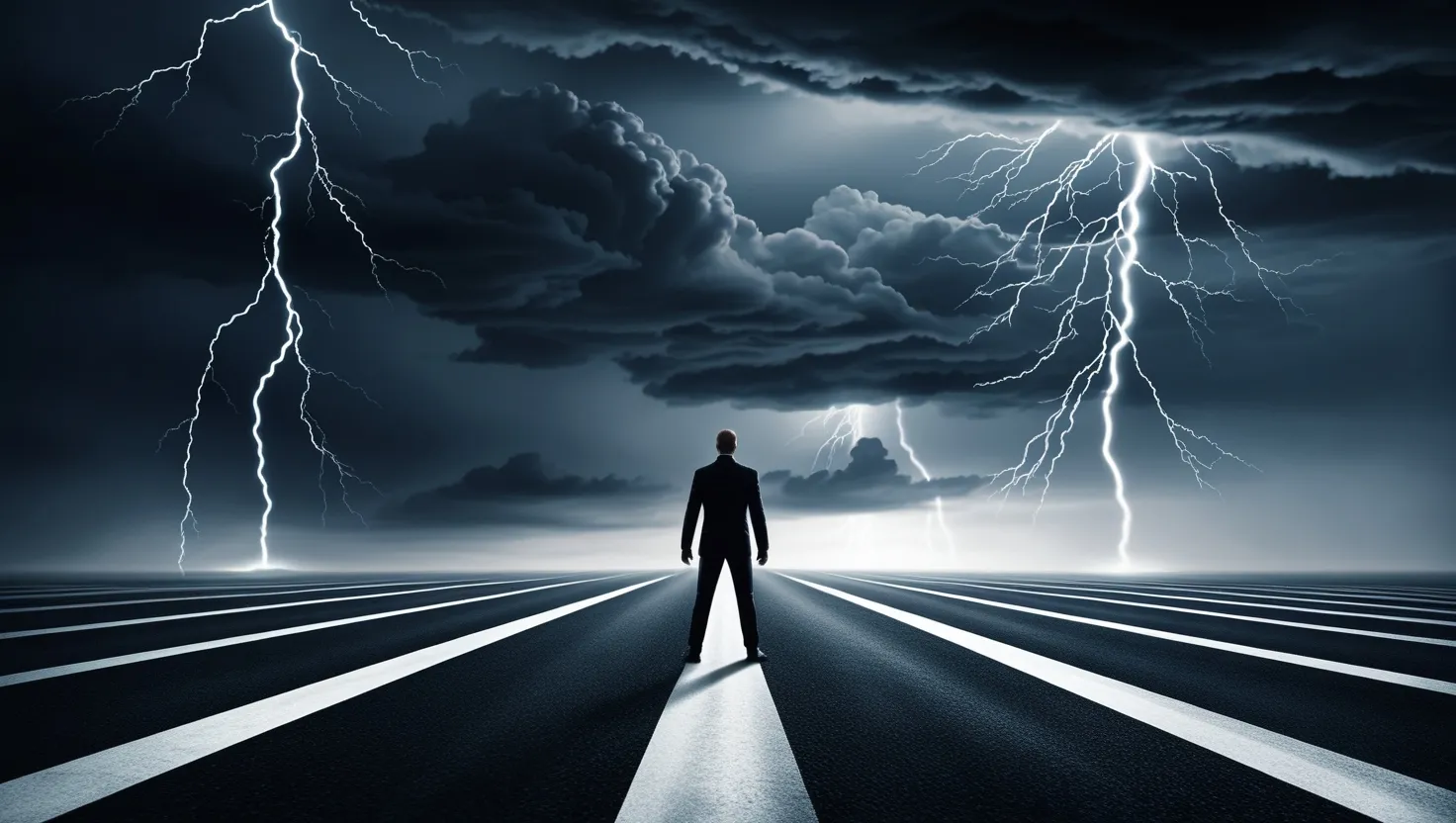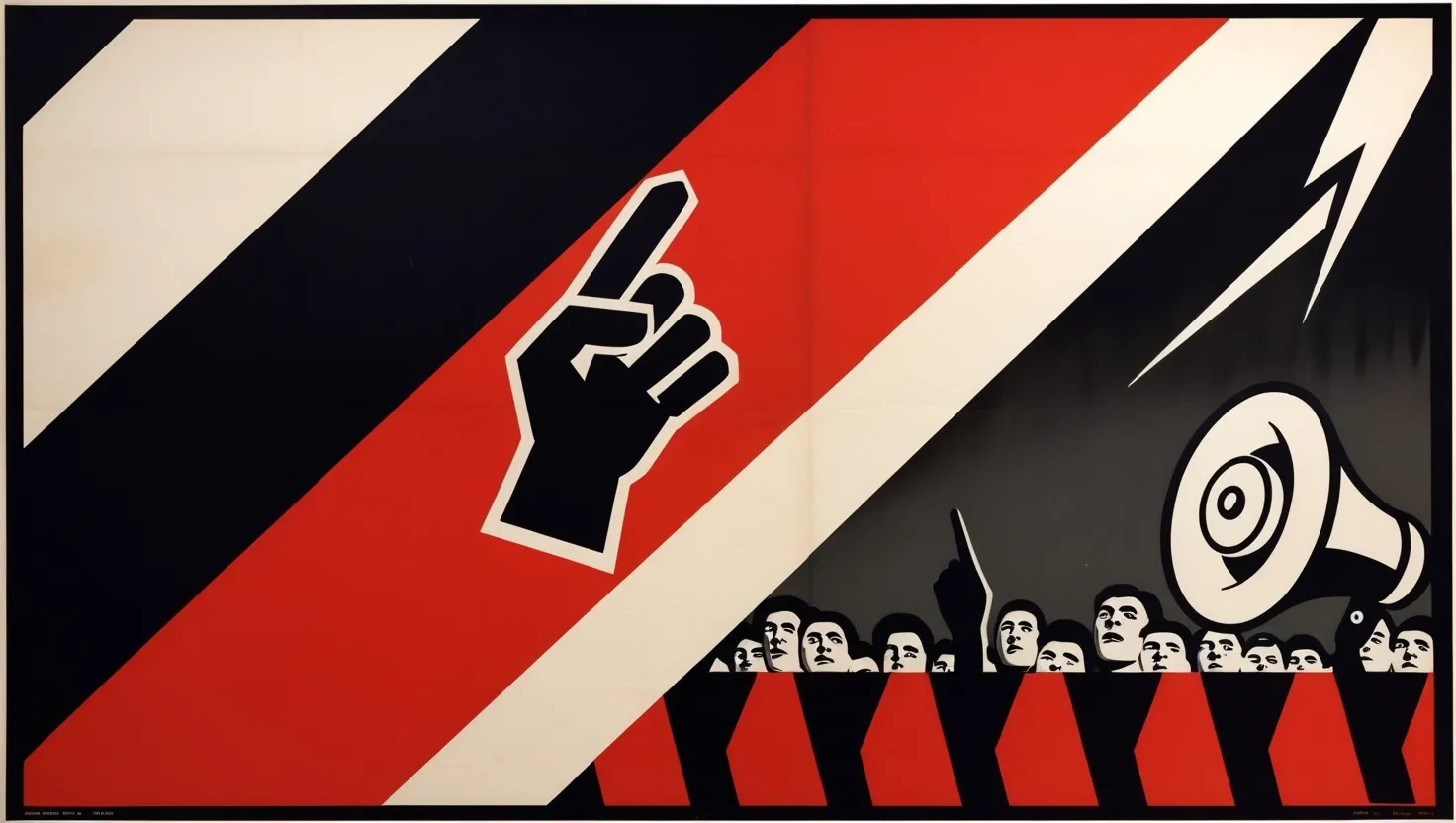The Mexican Revolution, one of the most significant events in Mexican history, began on November 20, 1910. This date marked the start of a decade-long struggle that would change the political, social, and economic landscape of Mexico. The revolution was sparked by widespread dissatisfaction with the elitist and oligarchical policies of Porfirio Díaz, who had ruled Mexico for over 30 years.
Díaz’s regime, known as the Porfiriato, favored wealthy landowners and industrialists, leaving the majority of the population, including peasants and workers, in a state of poverty and oppression. The revolution was a response to this inequality and the desire for democratic reforms and land redistribution.
Francisco Madero, an idealistic liberal from an upper-class family, emerged as a key figure in the revolution. He announced his candidacy for president in 1910, challenging Díaz’s rule. When Díaz had Madero arrested and declared himself the winner of a rigged election, Madero published his Plan de San Luis Potosí, calling for a revolt against the government.
The call to arms was answered by various factions across Mexico. In the north, Pascual Orozco and Pancho Villa mobilized their armies and began raiding government garrisons. In the south, Emiliano Zapata led a bloody campaign against local political bosses known as caciques. These leaders and their followers were driven by the belief that the land should be for those who worked it, a principle encapsulated in Zapata’s famous slogan, “Tierra y Libertad” (Land and Freedom).
The revolutionaries’ efforts were successful in the spring of 1911 when they took Ciudad Juárez, forcing Díaz to resign. Madero was declared president, but his regime was short-lived and ineffective. He failed to implement the economic reforms that his followers had hoped for, leading to further unrest. Zapata turned against Madero, and Orozco led a new rebellion in the north.
The situation became even more complex with the involvement of the United States. U.S. Ambassador Henry Lane Wilson became an outspoken enemy of Madero’s administration, fearing that the new president was too conciliatory to the rebel groups and concerned about the threat to American business interests in Mexico. This led to a conspiracy against Madero, resulting in his arrest and eventual execution in February 1913.
Victoriano Huerta, who had conspired against Madero, took over as president but faced opposition from various factions. The revolution continued, with different leaders vying for power and implementing their own versions of reform. The period was marked by civil war, shifting alliances, and significant violence.
One of the key events during this period was the Battle of Celaya, where forces loyal to Venustiano Carranza defeated those of Pancho Villa. Carranza eventually became president and oversaw the drafting of the Mexican Constitution of 1917, which enshrined many of the revolution’s ideals, including land reform and labor rights.
The Mexican Revolution finally came to an end in 1920, after a decade of conflict. It had resulted in the establishment of a constitutional republic and the end of the old oligarchy. The revolution also had a profound impact on Mexican culture, inspiring new forms of art, literature, and music. The muralist movement, for example, emerged during this period, and novels like “The Underdogs” by Mariano Azuela captured the spirit and struggles of the revolution.
In summary, the Mexican Revolution started on November 20, 1910, as a response to the oppressive regime of Porfirio Díaz. It was a complex and bloody struggle that lasted for a decade, involving various factions and leaders who fought for democratic reforms, land redistribution, and social justice. The revolution had a lasting impact on Mexico, shaping its political, social, and cultural landscape.






